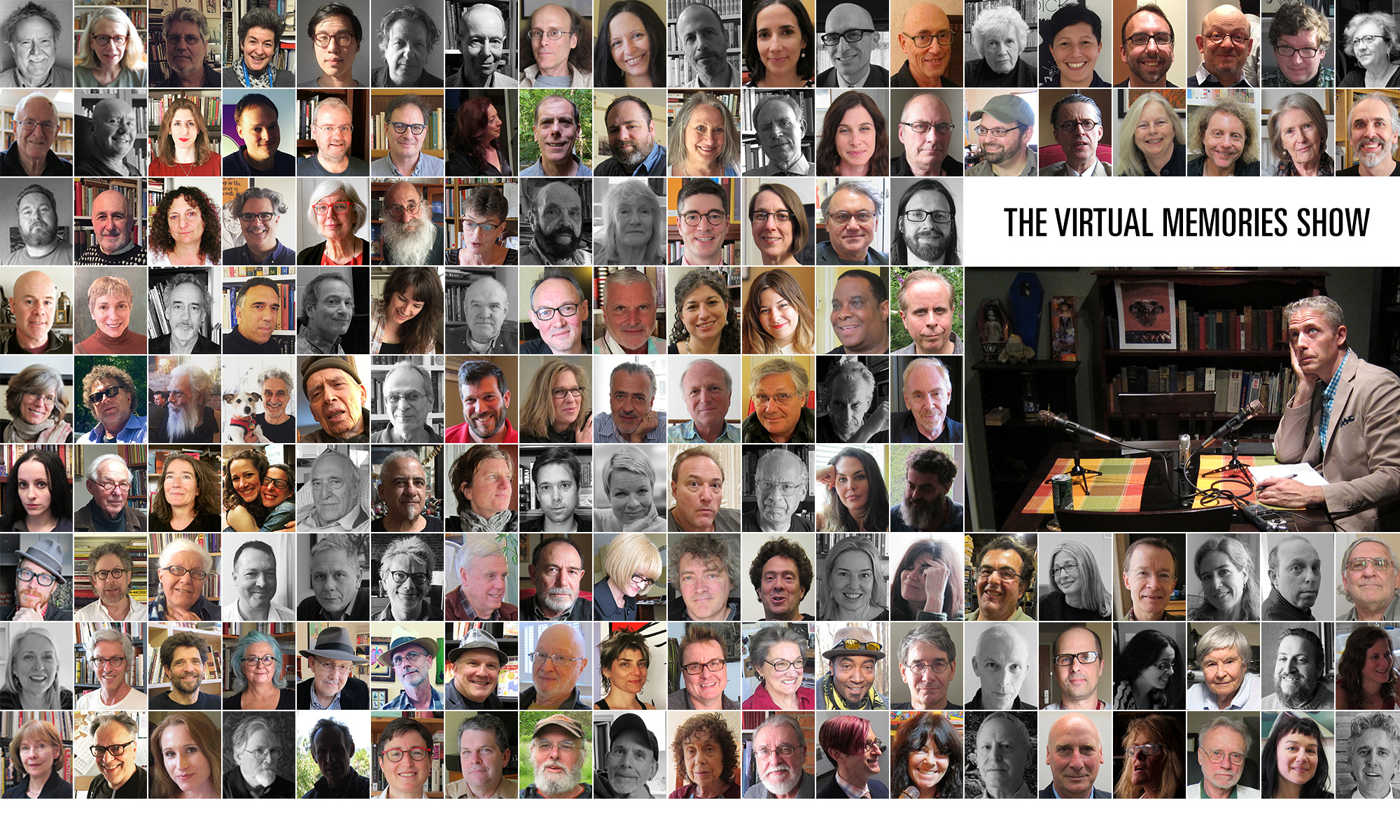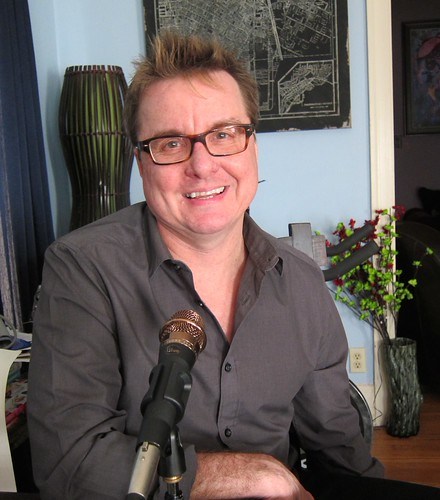I went to Homecoming at St. John’s College this weekend. I got my master’s degree there, but I consider it my alma mater much more than I do my undergrad institution. I had a good time; it wasn’t as transformative as the Piraeus seminar I attended this past May/June, but it was a great opportunity to reconnect with other students, tutors, and an old pal who came to visit on Saturday. I didn’t get to record any podcast conversations during the trip, but did reach out to a few potential guests.
It’s been a busy few weeks for me. Two weekends ago was the Small Press Expo in Bethesda, MD. The next weekend we had a wedding in Dawson, PA, about 375 miles from home. This weekend was Annapolis. Next weekend I leave to Madrid and hope that the riots settle down enough for me to get to my conference safely.
I took a half-day from work on Friday, after pounding out pages and sending PDFs to the contributors of the new ish, so they can send me their corrections in time for me to get the new issue out by Wednesday. I left for Annapolis around 2 in the afternoon and had to deal with a little traffic on the ride down, but got in safe and sound, albeit unfed.
I checked in at my hotel, then drove to campus, got my registration packet, picked up a powerbar-sorta thing for dinner, and headed over to the Homecoming lecture, The Musical Universe and Mozart’s Magic Flute, by Peter Kalkavage. Peter was the tutor for my preceptorial on Hegel’s Elements of the Philosophy of Right. His 1991 essay on the role of Ulysses in The Divine Comedy was one of the things that convinced me to attend St. John’s. (It’s in this PDF.)
The lecture was way over my head, breaking down Tamino’s aria in technical ways to reveal its beauty. I’m not an opera guy and have no musical training to speak of, but I still enjoyed Peter’s exploration of the structure of the music and the effects Mozart achieved from his notes, tones, etc.
I seriously don’t have a vocabulary for this. In the Graduate Institute (the GI), we don’t receive a lot of the instruction that the undergrads do. They have music, languages (ancient Greek & French), and laboratory science. Because of our truncated schedules, we make do with a lot less. (Not that I’m complaining.) I sat with another GI during the lecture. We laughed when everyone in our section flipped the page of their sheet-music handout at the right moment, while we kept looking at the first bar. It’s always fun to be the uneducated one.
Early on, Peter put on a recording of the aria, which he would later play selections of on a piano (and sing particular segments to demonstrate certain progressions). While the recording played, he swayed a little at the lectern. That’s when my reverie began.
I thought of everything that I’ve experienced in the past few weeks. First, I thought about Jaime Hernandez, the cartooning genius, choking up while telling an SPX audience about a scene from a Tyrone Power movie, The Eddie Duchin Story.
I started recalling moments from SPX: meeting people in autograph lines, arguing (gently) with Chris Ware over how “Gill Sans” is spelled, buying art from Jaime and his brother Beto, sitting at a barroom table with the Mt. Rushmore of modern cartooning (the Hernandezes, Ware, Dan Clowes, and Charles Burns were on hand), trying to talk Kevin Huizenga into recording a podcast next time I’m in St. Louis.
From there to Michael Dirda’s house on the way back to NJ. Looking over his bookshelves, noting the UK hardcover of A Frolic of His Own, discovering that third Nabokov collection of lectures on literature, spying the brick of Kingsley Amis’ letters on the shelf behind Dirda while I interviewed him.
A week in NJ followed, with Rosh Hashanah and then the annual conference I help host. Six or seven hundred people come to a hotel to participate in the show, and it always leaves me exhausted, but at least it didn’t leave me in the emergency room like last year’s anxiety-sleeplessness-caffeine feedback loop did.
Right after the conference finished, I drove home, unpacked, then repacked, and Amy & I drove out to Dawson for a wedding: Six-plus hours in the car on 78 and 76, culminating in a dirt road (Lucky Lane) in the dark before arriving at the hotel. Touchscreen cheesesteak at a truck-stop Wawa; a little local bookstore daring enough to have William S. Burroughs’ Queer and Junky on end-cap display (picked up a used copy of The Two Cultures by CP Snow); meeting gin freaks and elderly computer bazillionaires at the wedding; finishing The Good Soldier, on Dirda’s recommendation; watching eight or nine of the male wedding guests gathering in the middle of the dance floor for a bizarre choreographed haka-polka hybrid set to Bachman Turner Overdrive’s “Taking Care of Business”; passing on karaoke.
Sunday morning, we drove out to Fallingwater, about 40 minutes away, before heading back to NJ. It was impossible and gorgeous and everything I hoped it would be, and it made me feel a little sad to be returning to the standard nine-room bi-level of our neighborhood. I thought about the engineer in Local Hero telling Peter Riegert and Peter Capaldi, “Dream large.” I got another touchscreen cheesesteak on the drive home.
Worked frantically through the next week, punctuated with a 25-hour break for Yom Kippur. In addition to the standard fast (no food or drink), I decided I’d really get out of myself and not look at a screen for that span: no iPhone, no computer, no TV. It was as liberating as I expected. By the time I checked my e-mail after breaking my fast Wednesday night (at Greek City in Ramsey), I had 35 messages on my personal e-mails, only a few of which I wanted to respond to, and none of which were imperative.
I prayed Tuesday night and Wednesday afternoon with the Chabad that I visited in past years. They’ve always been accommodating, no matter how slack of a Jew I am. Some of the older gents in the congregation either recognized me from past years or just wanted to introduce themselves and make new acquaintances, which was nice. I’m so bad about joining community; I’m much better with afflicting myself.
At the end of mid-day prayers, we received a blessing from a kohen. I’d never been present for that before. We were instructed to look in his direction, but not to make eye contact during the blessing. It’s customary to cover one’s eyes with one’s tallis during this. The man in front of me set a good screen, however, so I was able to look forward without looking on the kohen’s face.
When I wasn’t at Chabad, I passed the time by re-reading King Lear, since I’d signed up for a 90-minute seminar in it for Homecoming. I hadn’t read it in years, and this reading may have been skewed a bit by the fast, since I was going without caffeine for this stretch.
After mid-day, I drove out to Nyack, NY to walk around and pass sometime. I discovered my favorite bookstore there was gone, replaced by a dry cleaner. I visited another store, the fiction department of which was filled with stacks of trade paperbacks. I tried looking at some back Paris Reviews in a stack, but it started to tip, then bumped another tower of books. I caught both of them and struggled to get them stable again without anyone at the front of the store noticing. A day of affliction can always use a little levity.
And then it was back to work, and then on to Homecoming, where this reverie began. I scrawled these reminiscences all over the backs of the sheet-music handouts. I also wrote down some details of a wonderful dream I had the night before, where I read the profile of an author who wrote a book that, according to a hybrid of Chip Delany, Michael Dirda and Junot Diaz, I would love. The book and the author don’t exist, but I retained the title of the novel, and woke up and wrote it down. I used to dream a lot more about fully-formed works of art, but it hasn’t happened in a while. I’m afraid of what that means.
Among all these notes Friday night, I wrote, “Made PDFs for contributors; put on conference.” Then I wrote, “It’s funny how unimportant those things are, and how necessary for me to live this beauty. How little of work will I remember as I grow old, and how much will I hold onto from everything else?”
Thanks for sticking around. Here are the books I bought at the college store on Saturday:


.
in 2004. The 2010 Frank story Weathercraft
won The Stranger’s Genius Award and was a finalist for the Los Angeles Times Book Prize for that year. Woodring has published two more FRANK books, Congress of the Animals
, and Fran
.
in 2005), and the sculptures, vinyl figures, fabrics and gallery installations that have been made from his designs. His multimedia collaborations with the musician Bill Frisell won them a United States Artists Fellowship in 2006. He lives in Seattle with his family and residual phenomena.
feeding into a Zoom H5
digital recorder. I recorded the intro and outro on a Blue Yeti USB Microphone
. Processing was done in Audacity and Logic Pro. Photo of Mr. Woodring by me, photo of art by Jim Woodring.









 “People only have a limited patience for listening to you go on and on about your own ideas, your own mind, your own memories. Art allows you to have that perfect experience of putting that down on paper without anyone growing tired and making you stop.”
“People only have a limited patience for listening to you go on and on about your own ideas, your own mind, your own memories. Art allows you to have that perfect experience of putting that down on paper without anyone growing tired and making you stop.”



